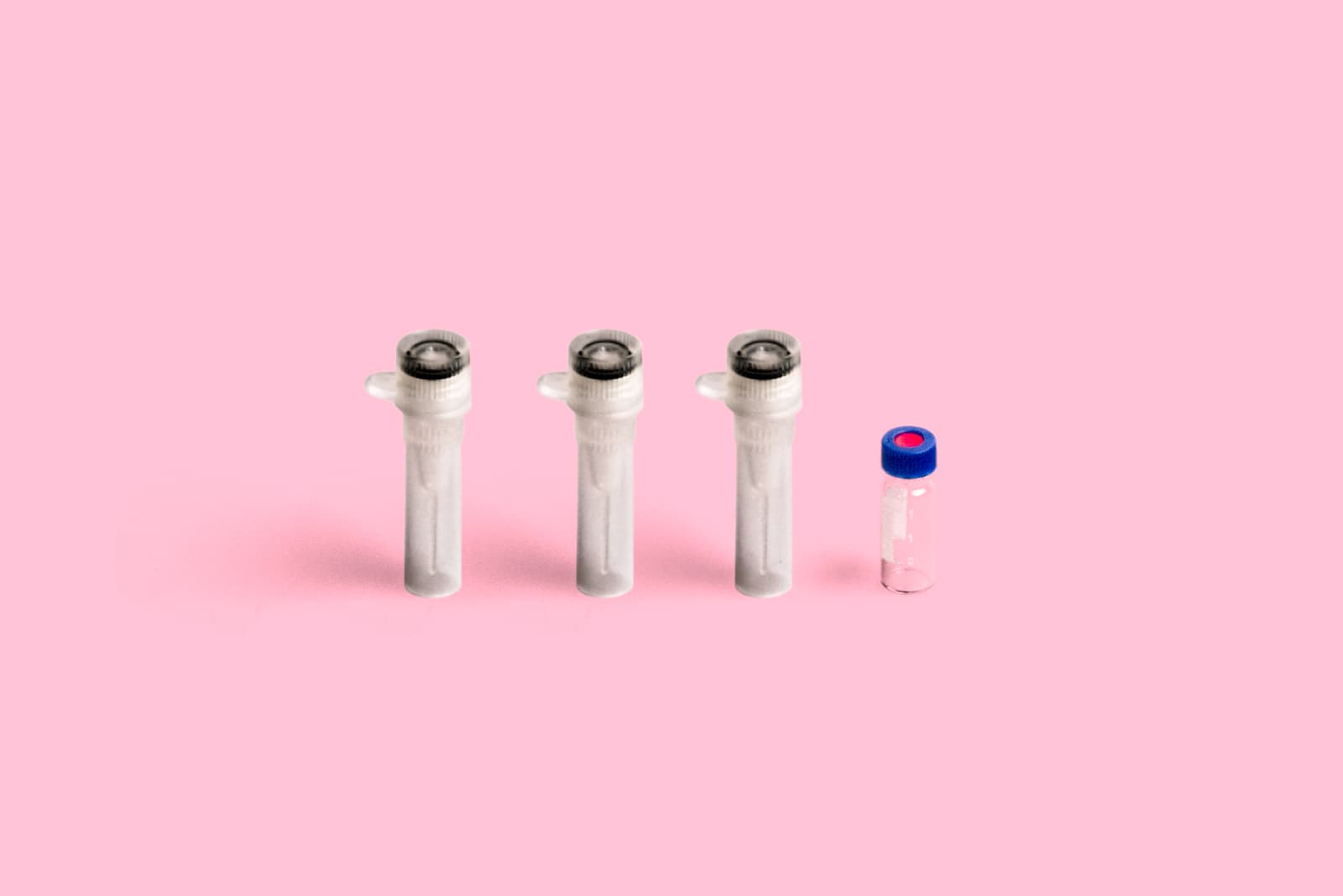ELISA Flex: Mouse IgG (ALP)
ELISA Flex: Mouse IgG (ALP)
$390
Publications: 23
Documents
Bulk or custom format
An ELISA designed to detect the native protein – in our most adaptable kit format to match your unique setup. Combine it with your preferred substrate and buffer.
Components
| Detection mAb | Anti-IgG, ALP |
| Standard | Native mouse IgG ELISA standard |
| Buffer/Solution | Standard reconstitution buffer |
| Capture Ab | Anti-IgG |
In stock
Delivery 4-9 business days
Shipping $0
Complementary products
Complementary products
1 / 1
Performance
| Standard range | 0.1-100 ng/ml |
Documents
Tutorials
Product highlights
Publications (23)
Loading publications...
Analyte information
IgG
| Analyte description | Immunoglobulin G (IgG) is the most abundant Ig isotype in serum, making up approximately 80% of all serum immunoglobulins. In humans, there are four subclasses of immunoglobulin G, with the highest serum concentrations of IgG1 followed by IgG2, IgG3, and IgG4. In mice, the IgG subclasses are defined as IgG1, IgG2a/c, IgG2b, and IgG3. The IgG molecule consists of two heavy and two light chains (κ or λ), resulting in a molecule with two arms for antigen binding. High levels of IgG antibodies are induced following the initial IgM response in a typical immune response to antigens. |
| Alternative names | Immunoglobulin G, IgG, IgG1, Igh-4, VH7183, 1810060O09Rik, Igh-1, Igh-1a, IgG2b, Igh-3, gamma2b, Igh-1b, IgG3 |
| Cell type | B cell |
| Gene ID | 16017, 380793, 16016, 404711, 380795 |
